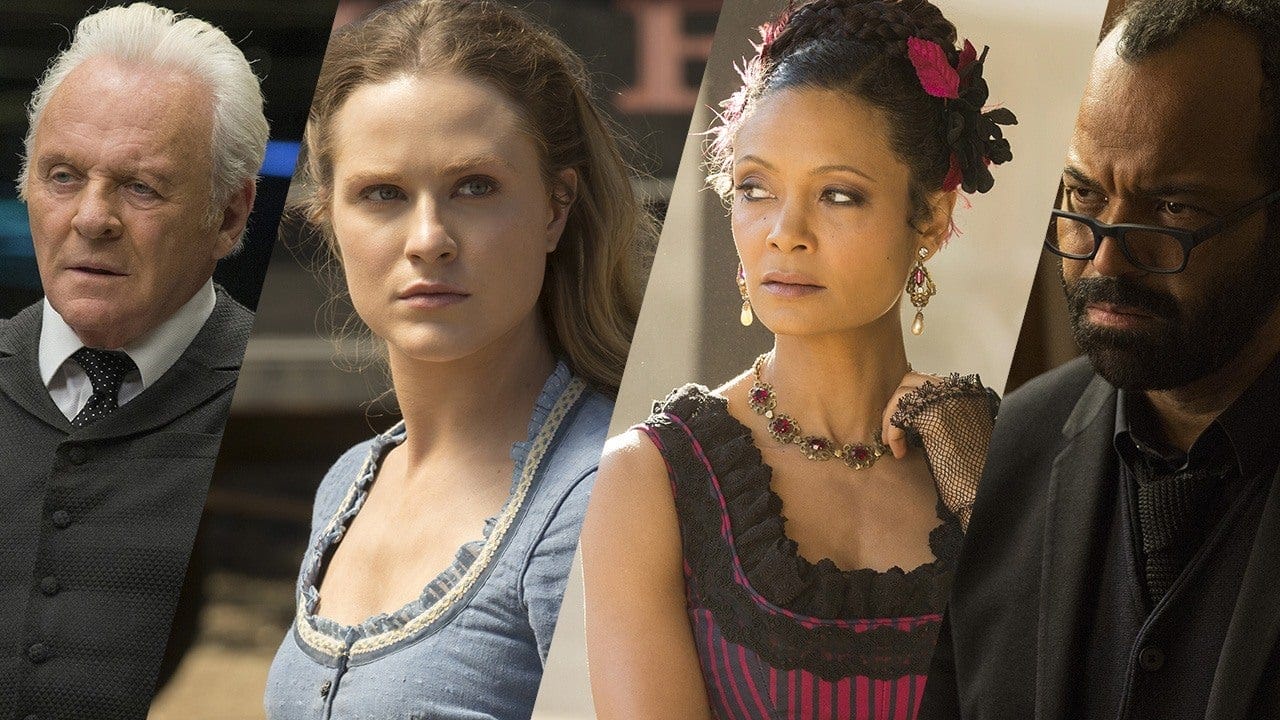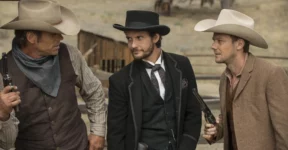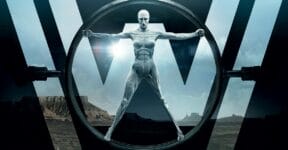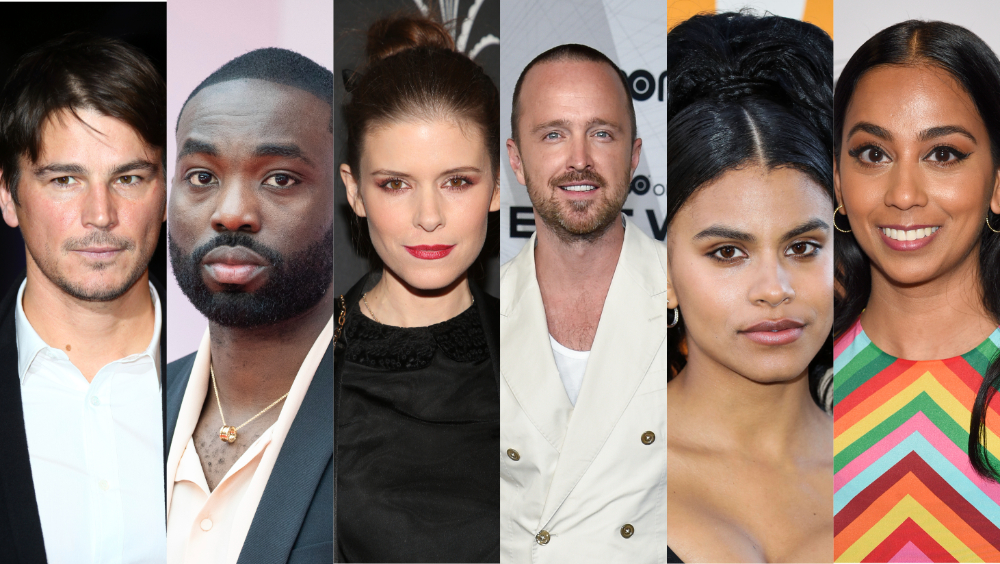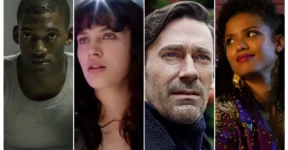Set in a futuristic world where robotic technology has reached a point of near-complete human imitation, Westworld is a theme park designed to resemble the atmosphere of the American West somewhere around the 1800s. The idea is to offer some sort of real-life historical adventures to the wealthiest members of the society where they can indulge in their most unbound fantasies with no consequences at all, except for paying the admission ticket, of course. It’s all thanks to the “hosts” of Westworld Season 1, advanced, and realistic androids equipped with artificial intelligence programmed to mimic human behaviors.
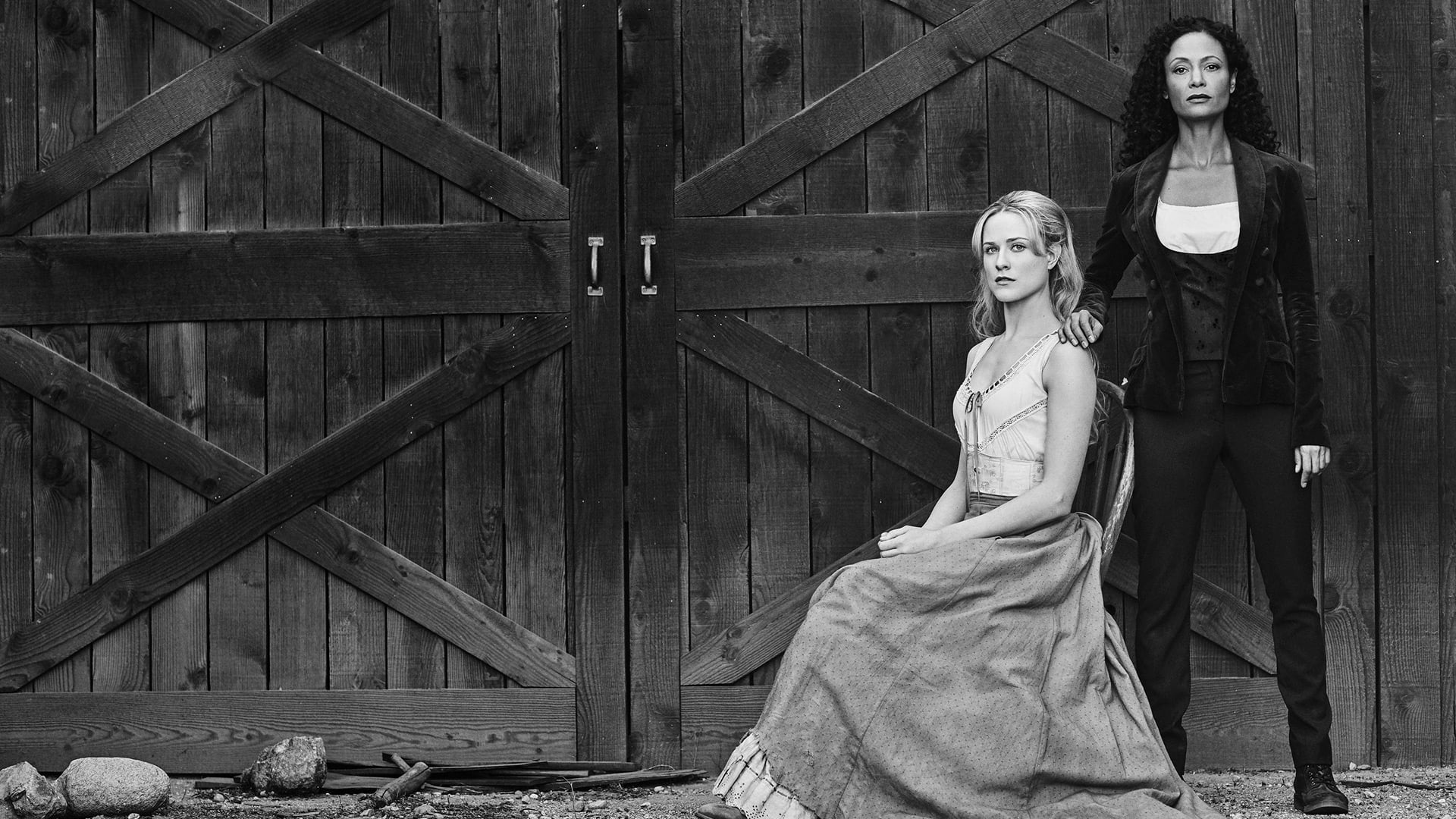
When pushed to the right (or perhaps wrong) situations, they can even feel physical exhaustion, pain, and emotional distress. Westworld Season 1 makes it clear that hosts are implanted or programmed with a set of complex instructions to follow specific story structures and shut down for maintenance at the end of each day. Maintenance routine may include mechanical repairs and new behavioral program installation.
Unlike in the original 1973 film “Westworld” in which visitors are portrayed as the protagonists in a malfunctioning cyborgs park, the HBO’s series takes the opposite approach to storytelling by putting humans on the villainous side. Some guests are reduced to mere additional characters, although they do help bring more depth into the narrative. For example, one guest says to another (actually a host returning to the park) on a train ride that his first visit to the park a while ago was nothing more than refreshing moments of fishing and gold hunt in the mountains; but his second visit, in which he opted for a full-on evil savagery to the hosts, turned out to be the best two weeks of his life.
But the basic plot remains the same: the theme park is home to humanoid robots. Human visitors pay to interact with the robots, often in the most barbaric way imaginable. Visitors basically have the freedom to do whatever they want to the cyborgs, including killing and raping them without repercussions. When the day is over, park workers clean up the mess and haul the robot to the maintenance room for repair. Local cyborgs will be ready to please another wave of visitors the next day.
The man behind this immersive “entertainment” format is the seemingly emotionless Dr. Robert Ford. According to the boss himself, Westworld wasn’t always the way it is now. The park’s original creators wrote a hundred different hopeful narratives for the robots’ programming, but it turned out to be an unpopular business approach. Visitors prefer narratives involving murder, torture, and rape.
As Flies to Wanton Boys
Most workers at the theme park – including programmer Elsi Hughes, head of security Ashley Stubbs, head of narrative Lee Sizemore, and head of quality assurance Theresa Cullen – see the hosts as insentient machines, nothing more than parts of the attraction. By design, the TV series doesn’t use robotic figures to play the roles of hosts; every single one of them is portrayed by a real person. The obvious result is that the robots/hosts come out as much more relatable than the human characters, mostly because the hosts are at the receiving end of inhumane treatments.
Among the most prominent robots in Westworld Season 1 is Dolores Abernathy, programmed as a stereotypical rancher’s daughter. As part of her narrative (and all other hosts’), she sees herself as a mere mortal in Greek myth and a subject to the whims of gods, who constantly watch from above and can interfere with her fate as they see fit. In an ideal situation, Dolores and other hosts do not know that they’re different from any of the guests. For 30 years, everything has been going like a well-oiled machine in the park, until the boss rolls out a glitchy update to the programming. Certain hosts malfunction and steer away from their pre-programmed narratives. Dolores entertains the possibility of a larger reality beyond his existence in the park.
The same thing happens to Maeve Millay, the host who takes the role of the Madam of a local saloon. After going through some difficult situations, she increasingly becomes much more self-aware to where she incapacitates a human technician and access her own programming. Maeve even increases her intelligence level higher than the humans who used to control her every move.
Before the season concludes, Dolores and Maeve can access left-over memories in their systems. Access to the memory means they can remember all the suffering and powerlessness they had to endure in the face of human visitors who sought nothing but selfish pleasures at the hosts’ expense. Since the AI is so advanced as to give Dolores and Maeve the ability to feel emotions, they realize humans (guests and park management alike) have been using them as a source of ill-considered fun. This is where their perception of humanity changes; recalling Shakespeare: “as flies to wanton boys are we to the gods: they kill us for their sport.”
We think Westworld Season 1 promises a brilliant take on the original 1973 film with an exciting new perspective. It deliberately puts the human characters as the antagonists and therefore makes viewers relate to the plight of the cyborgs, who have been subjected to relentless cruelties for much of their existence. The narrative is like an expansion of the source material, and that’s why Westworld feels fresh with all its modern cinematography yet familiar at the same time.
Do you think the hosts in Westworld Season 1 are indeed robots or human clones? What are the chances of the hosts being able to live outside the park with real humans? We’d love to hear from you.
Other Things You Might Want to Know
How many episodes are there in Season 1?
There are 10 episodes, airing from October – December 2016:
The Original
- Chestnut
- The Stray
- Dissonance Theory
- Contrapasso
- The Adversary
- Trompe L’Oeil
- Trace Decay
- The Well-Tempered Clavier
- The Bicameral Mind
What is the Wild West?
The “Wild West” might be defined as an American frontier period involving the westward movement of European settlers from the Atlantic coast to the Far West. In popular media, it’s often characterized by lawlessness and roughness.
Some of the most popular films featuring Evan Rachel Wood:
Weird: The Al Yankovic Story (2022) as Madonna
- Thirteen (2003) as Tracy Louise Freeland
- Frozen II (2019) as Queen Iduna (voice)
- The Missing (2003) as Lily Gilkeson
- The Ides of March (2011) as Molly Stearns
- The Wrestler (2008) as Stephanie Ramzinski
- Kajillionaire (2019) as Old Dolio Dyne
- Backspot (2023) as Eileen McNamara
- Down in the Valley (2005) as October “Tobe”
Check out other articles by month:

